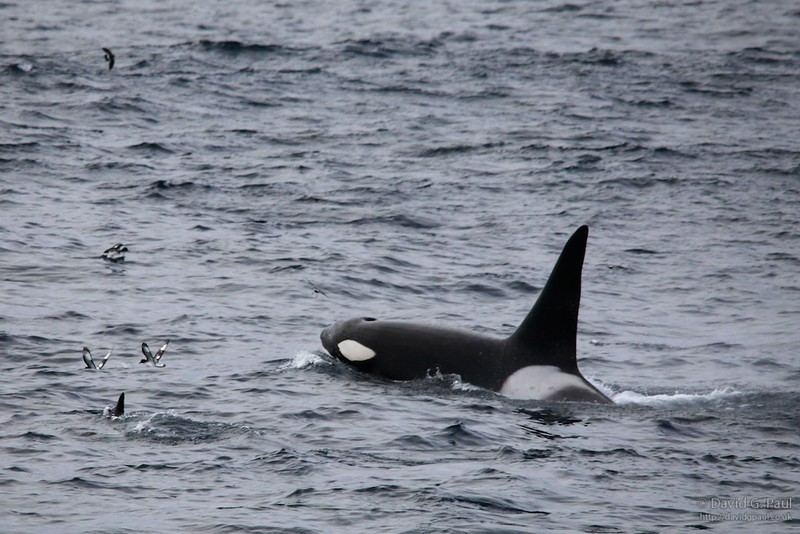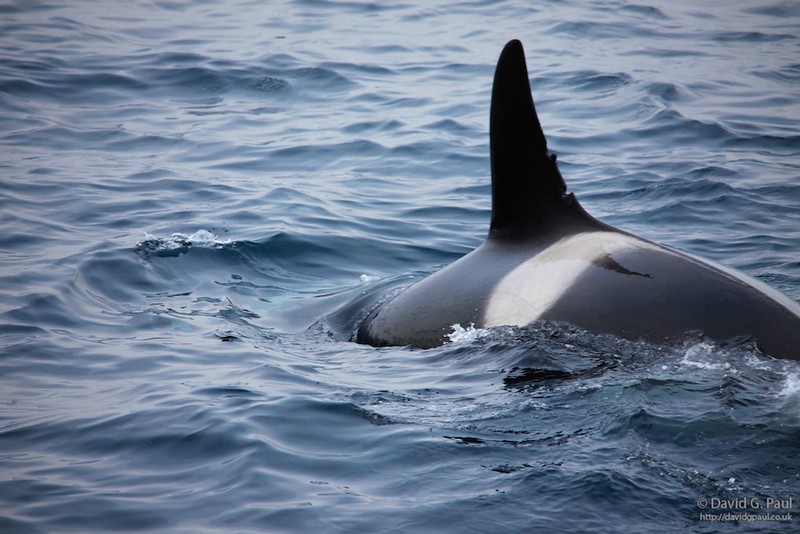The sea had made it a rough night, though we had come close to the South Orkney Islands we had continued navigating passed them towards the South Scotia Ridge instead of making the intended excursion in the morning. This was due to the weather conditions and the current levels of ice approaching Antarctica. This meant we were moving slower so we didn’t hit ice too fast, and was taking a longer route to avoid the thickest of the ice (which would take longer to get through than to go around). If we hadn’t continued on we risked missing the opportunity to land on the peninsula.
During the morning there was the occasional iceberg flow passed us, though it was a fairly uneventful and calm morning until the lecture on ice in Antarctica. This started with explaining how snow crystals are formed and why they are unique, and how it can form ice. In the case of glaciers when they meet the sea they form ice shelves which the glaciers continue to flow into. We were also told what Antarctica would look like without its ice and how isometric rebound would raise the land by approximately 500 metres. As this lecture continued some more impressive icebergs started to pass by again and the weather brightened up.
By lunch time the horizon on the port side was filled with icebergs, and we could see icicles had formed out on deck where the snow had been cleared earlier. After lunch there was a lecture about polar poetry and a book the expedition leader had written about it.
“I hold that a man should strive to the uttermost for his life’s set prize”
The lecture talked about how poetry was a constant in the life of Ernest Shackleton and how other polar explorers were inspired by poetry, and how it gave strength to some when the conditions were tough.
This was then followed by the third lecture of the day, one on Antarctic currents and meteorology. I did find it amusing that someone from Tromsø was talking about how unreliable Antarctic weather forecasts are considering Tromsø weather forecasts are notoriously bad. There was a lot of overlap between this lecture and previous ones – it was a last minute addition to the itinerary to fill time that would have been used for the landing but tied some things together fairly well.
Before dinner there was a briefing to serve as a progress report and the expected events for the next day. This was cut short though by a sighting of a couple of killer whales eating a killed Southern Bottlenose Whale off the port side. It was incredibly cold outside, so a definite indicator of how much farther South we’d travelled. It was hard to stay out in the cold as long as we did but it was worth it to see feeding killer whales and sea birds trying to get what they could.
The Killer Whale has a very large dorsal fin which makes it easier to identify when it’s close to the surface. For a long time these whales were feared, but today they are iconic animals of the oceans. Wherever you could see these whales feeding there was soon a large number of sea birds trying to scavenge what food they could from the surface.
Over dinner we were told that the hope was that we would be able to see or maybe even land on Elephant Island, one of the South Shetland Islands – we’d get to know this for certain by 06:00 the next morning.


